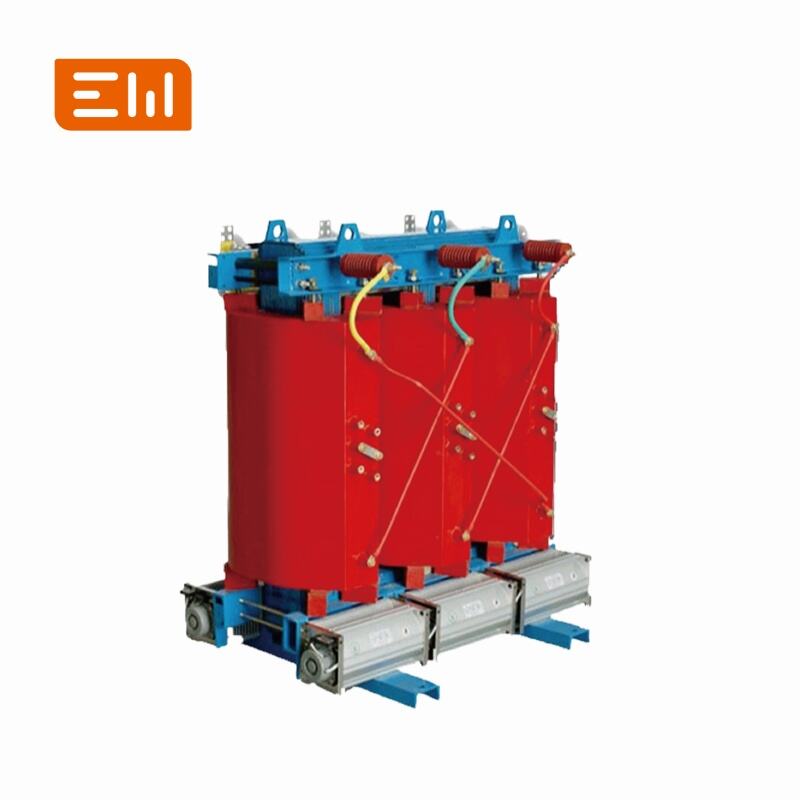Understanding International Standards for Dry Type Transformers (IEC, ANSI)
When you purchase a dry type transformer, you are buying more than just a piece of equipment; you are buying an assurance of safety, quality, and performance. This assurance is guaranteed through compliance with rigorous international standards. These standards ensure that transformers from different manufacturers are built to a common level of quality and can be trusted to perform safely and reliably.
The two most recognized sets of standards in the world come from the IEC (International Electrotechnical Commission) and ANSI/IEEE (American National Standards Institute / Institute of Electrical and Electronics Engineers). This guide provides a brief overview of what these standards cover.

IEC Standards: The Global Benchmark
IEC standards are the most widely used globally, particularly in Europe, Asia, and many other parts of the world. For dry type transformers, the key standard is IEC 60076-11: Power transformers – Part 11: Dry-type transformers.
Compliance with IEC 60076-11 means the transformer has been designed and tested to meet specific requirements for:
- Ratings and Characteristics: Defines standard kVA ratings, voltage levels, and other nameplate data.
- Environmental Conditions: Specifies tests for how the transformer behaves in different climates (C1/C2 classes), under different ambient temperatures, and at various altitudes.
- Fire Behaviour: Classifies the transformer's reaction to fire (F0/F1 classes), with F1 signifying the highest level of fire safety (flame-retardant, self-extinguishing, low smoke emission).
- Testing Procedures: Mandates a series of rigorous tests that every transformer design must pass.
Key Tests Mandated by IEC 60076-11
To be compliant, a transformer must undergo:
- Routine Tests: Performed on every single unit produced. Includes winding resistance measurement, voltage ratio measurement, and insulation tests.
- Type Tests: Performed on a representative unit of a new design. Includes a temperature-rise test (to ensure it doesn't overheat) and a lightning impulse test (to ensure it can withstand voltage surges).
- Special Tests: Optional tests agreed upon between the customer and manufacturer, such as a short-circuit withstand test to prove its mechanical strength.
ANSI/IEEE Standards: The North American Benchmark
ANSI/IEEE standards are predominantly used in the United States, Canada, and other regions with North American influence. The key standards for dry type transformers include:
- IEEE C57.12.01: General Requirements for Dry-Type Distribution and Power Transformers.
- IEEE C57.12.91: Test Code for Dry-Type Distribution and Power Transformers.
These standards cover similar ground to the IEC standards but may differ in specific definitions, testing methodologies, and standard ratings. For example, they define insulation systems based on temperature rise over a specific average ambient temperature.
Why is Compliance So Important?
- Assurance of Quality: Compliance means the transformer has been independently verified to meet high standards of design, manufacturing, and material quality.
- Safety Guarantee: The fire safety, temperature, and electrical stress tests mandated by these standards ensure the transformer is safe to operate under normal and fault conditions.
- Interoperability: A transformer built to IEC or ANSI standards will have predictable performance characteristics, allowing engineers to design electrical systems with confidence.
- Regulatory Requirement: In most countries, it is a legal or contractual requirement for electrical equipment to comply with the relevant national or international standards.
Conclusion: A Mark of Trust
When you see the IEC or ANSI/IEEE compliance mark on a transformer's nameplate, it is a mark of trust. It signifies that the product has been subjected to a rigorous process of design, testing, and verification. It is your guarantee that the transformer is not just a component, but a safe, reliable, and high-quality asset for your power system.
All https://www.enweielectric.com/products/transformers/dry-type-transformers">Enwei Electric transformers are designed and manufactured in strict accordance with IEC standards, ensuring they meet the highest global benchmarks for quality and safety. https://www.enweielectric.com/contact-us">Contact us to learn more about our commitment to quality and compliance.

